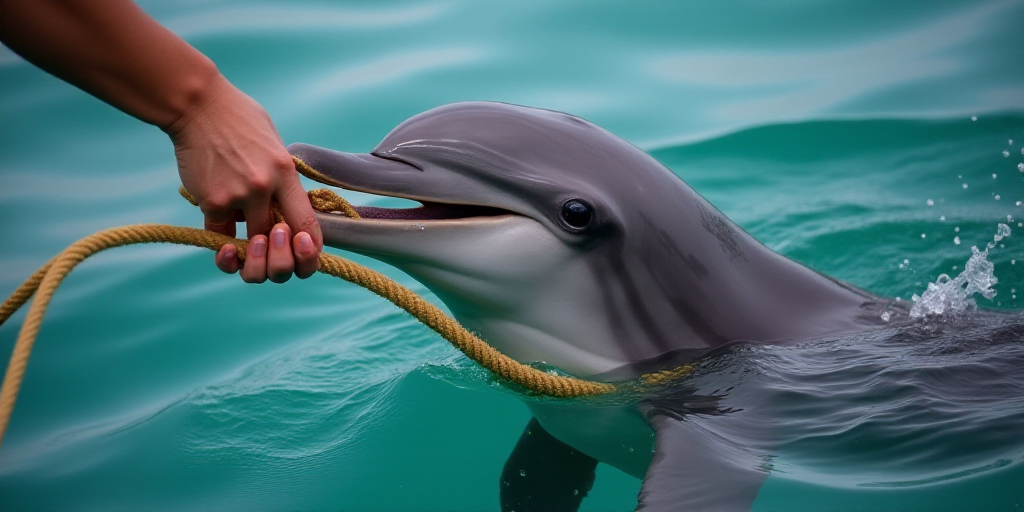Background on the Relevant Figure and Context
In June 2025, a reform to Article 60 Bis of Mexico’s General Wildlife Protection Law was approved, explicitly prohibiting the use of marine mammals in shows, their breeding for profit, and their commercial exploitation. The reform aims to allow marine mammals only for research, education, or conservation and species repopulation purposes.
Quintana Roo, a Mexican state known for its tourism and home to 17 out of the country’s 34 dolphinariums, is particularly affected by this reform. The state’s Secretary of Ecology and Environmental Protection (SEMA) has taken action to ensure compliance with the new law.
SEMA’s Actions and Requests
SEMA has requested inspections of dolphinariums in Quintana Roo following denunciations from environmental groups alleging that marine mammal breeding in captivity continues despite the new law’s explicit prohibition.
“This is entirely a federal matter, but of course, we are aware. I have already reported to the prosecutors so that they can conduct the necessary inspections, and we are waiting for the prosecutor to carry out the investigations so that all these denunciations regarding continued breeding and mistreatment of dolphins are addressed,” said the SEMA official.
The request for inspections is directed at both the federal and state environmental prosecution agencies (Profepa and its state counterpart), according to the SEMA representative.
SEMA has also requested a “mirror register” of the dolphinarium specimen list, as information is often biased. This will allow them to cross-reference the data with that maintained by the federal environmental agency, Semarnat.
Furthermore, SEMA has met with dolphinarium representatives to outline a transition process towards sanctuaries, ensuring the welfare of the animals.
Impact and Timeline
The reform condemns Mexican dolphinariums to eventual closure, not immediately but as the current generation of marine mammals reaches the end of their lifespan in captivity.
Quintana Roo’s Governor, Mara Lezama, confirmed the closure of these facilities once the current generation of marine mammals in captivity has concluded their lives:
“As you know, the reproduction of dolphins was prohibited; Mexico joined this initiative from Costa Rica and Chile, and it will be the last generation,” she stated.
Key Questions and Answers
- What is the recent reform about? The reform to Article 60 Bis of Mexico’s General Wildlife Protection Law prohibits the use of marine mammals in shows, their breeding for profit, and commercial exploitation. It allows marine mammals only for research, education, conservation, and species repopulation purposes.
- Why are inspections being requested? Inspections are being requested due to allegations from environmental groups that marine mammal breeding in captivity continues despite the new law.
- Which agencies are conducting the inspections? The federal environmental prosecution agency (Profepa) and its state counterpart are conducting the inspections.
- What is a “mirror register” and why is it needed? A “mirror register” is a duplicate of the dolphinarium specimen list. It’s requested to cross-reference and ensure accurate information, as data can often be biased.
- When will dolphinariums close? The closure of dolphinariums will occur gradually as the current generation of marine mammals in captivity reaches the end of their lifespan.






